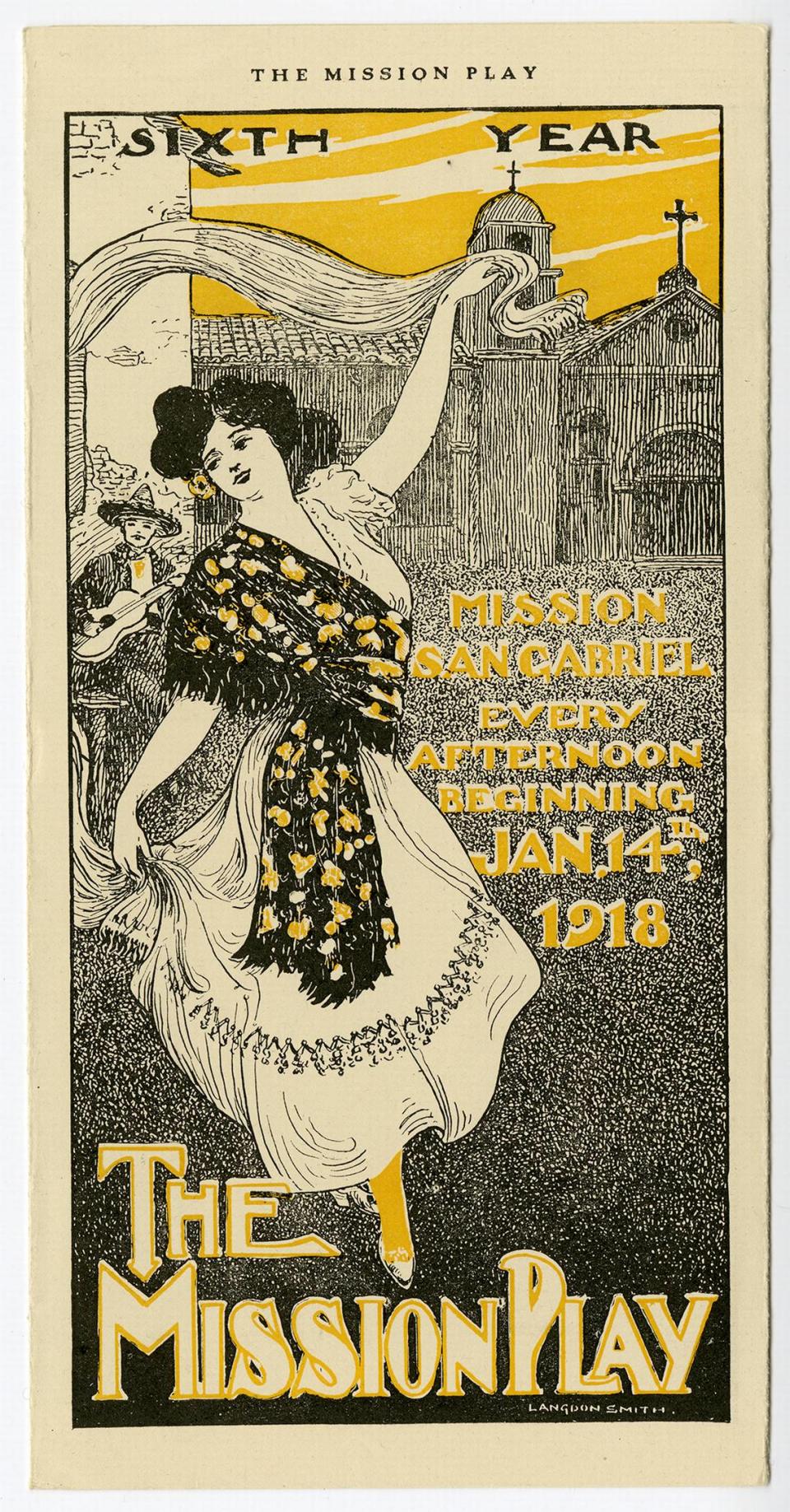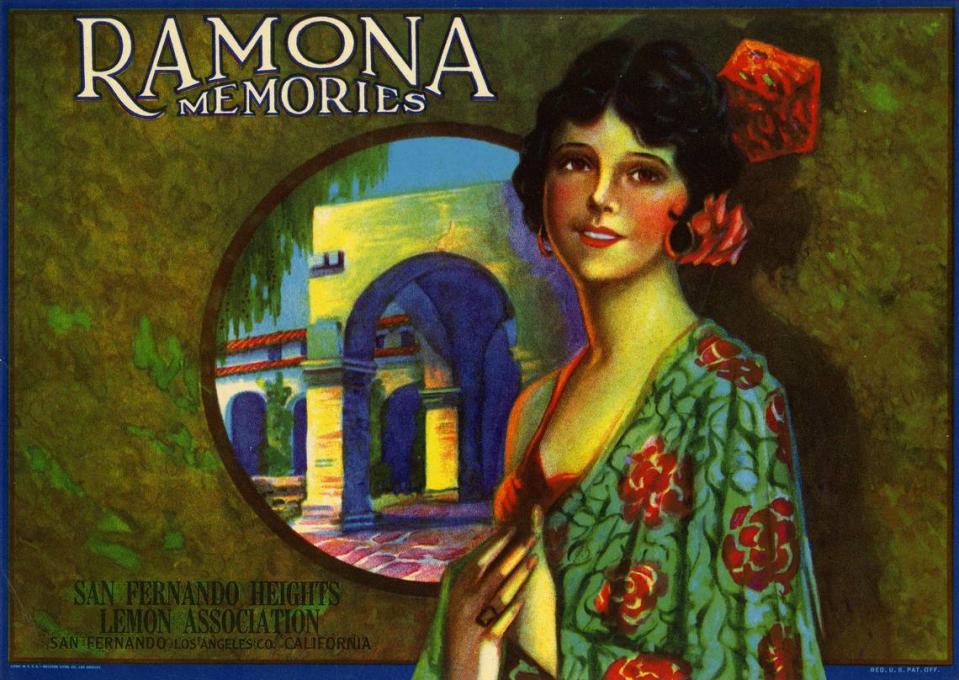Museum exhibit challenges myths, highlights real narratives of Mexican-era California
To generations raised on Westerns, the portrayal of 19th-century Californian Mexicans often relegated them to second-class citizens or, worse, depicted them as bandits.
Realities were more like this: Unlike their American counterparts, Mexican women had the freedom to own businesses. Indigenous populations also inhabited the land, alongside settlers from diverse backgrounds, long before the Gold Rush began.
The Tuolumne County Historical Society exhibition “Telling Stories of Mexican California: Real Life and Myth Making” provides an overview of California’s history preceding statehood. It serves as a backdrop to explore both factual and fictional narratives that emerged following the U.S. acquisition.
The exhibit delves into the experiences of individuals and families of Spanish and Mexican descent who shared their stories. It examines the early narratives that contributed to the creation of enduring myths surrounding California.
Historical Society board member Linda Emerson said that when the exhibit was announced, some people’s first reaction was, “Why are we bothering with this?”
She hopes the exhibition will serve as a wake-up call, prompting people to recognize that the land they stand on was once Mexican territory.
“What this exhibit is attempting to provide is some truth and some credibility to the Mexican Americans who were living here long before the U.S. took it after the Mexican war,” Emerson said.
Tuolumne County Historical Society President Chuck Holland aims to inspire people to explore California’s local history further. He hopes families will see their culture and heritage reflected in the exhibits.
Forgotten narratives
The exhibit shows the real stories of California’s time under Mexican rule, from 1822 to 1846. It contrasts these true accounts with the idealized versions created by early influencers who told the story from their own perspectives, leaving out other perspectives.
Emerson points out that numerous long-lasting businesses were founded by Mexican women who either arrived during the Gold Rush or had been residents for a long time. Unlike their American counterparts, Mexican women had the freedom to own businesses.
According to Erin Garcia, curator of the exhibition, the sensationalized tales of gold discovery have dominated the narrative of Northern California’s origins, eclipsing the centuries of native history, Spanish colonization, and the era of Mexican California that preceded it. Unfortunately, these significant stories are often overlooked in the recounting of California’s history.

The exhibition centers on two works: the novel “Ramona” by Helen Hunt Jackson and the theatrical production “The Mission Play.” Both narratives delve into the cultural clashes between indigenous communities and Spanish colonizers in California from the Spanish perspective.
“Those two were really kind of influential vehicles for the Spanish fantasy past which is this myth that came together mostly created by white American regional boosters who wanted to create this romantic idyllic past for California that was palatable and foreign in a charming way but not in a threatening way to the white Americans that they want to come to California and settle here,” Garcia said.

Another popular story painted a romantic picture of ranchos where wealthy landowners lived in luxury, but it ignored the presence of native people, priests and the hardships faced by early settlers.
The exhibit addresses the misconception that Mexicans in California were all portrayed as figures like Joaquin Murrieta, a Mexican-American folk hero and famed outlaw during the Gold Rush era.
Garcia further noted the difficulty people face in recognizing California’s Mexican heritage amid current discussions surrounding Mexican immigration. This challenge arises because much of California’s rich Mexican history is overshadowed, predating the state’s establishment.
“What are the things that are really positive about embracing the Gold Rush or the Spanish fantasy past? But who gets left out of those stories?” said Garcia. “How do those stories help perpetuate biases?”
Holland said he wanted the museum to exhibit “Telling Stories of Mexican California” because of Sonora’s historical ties. The community was founded by Mexican miners during the Gold Rush. The exhibit also coincides with the Cinco De Mayo celebration at Columbia State Historic Park.
“I just hope that they’ll see that there was a lot of other stuff going on besides what they’ve seen in Westerns and in their history books,” Holland said.
The exhibit, organized by the California Historical Society, will be at the Tuolumne County Museum from April 7 to June 2. It later will be in Santa Monica and Petaluma.
During the exhibit’s duration, the museum will extend its operating hours to include Sundays, from 10 a.m. to 3 p.m.. The museum is also open on Tuesday to Saturday from 10 a.m. to 4 p.m. Admission to the exhibit is free.
The exhibition includes 11 pop-up banners, with Spanish translations provided. Additionally, the museum will sell children’s books narrating the authentic tale of Cinco De Mayo, available in both English and Spanish, written by Raúl Jiménez.
The Tuolumne County Historical Society is housed in the former Tuolumne County Jail, 158 Bradford St., Sonora, and contains the most extensive collection of photographs, antiques and artifacts from the California Gold Rush era.
La Abeja, a newsletter written for and by California Latinos
Sign up here to receive our weekly newsletter centered around Latino issues in California.

